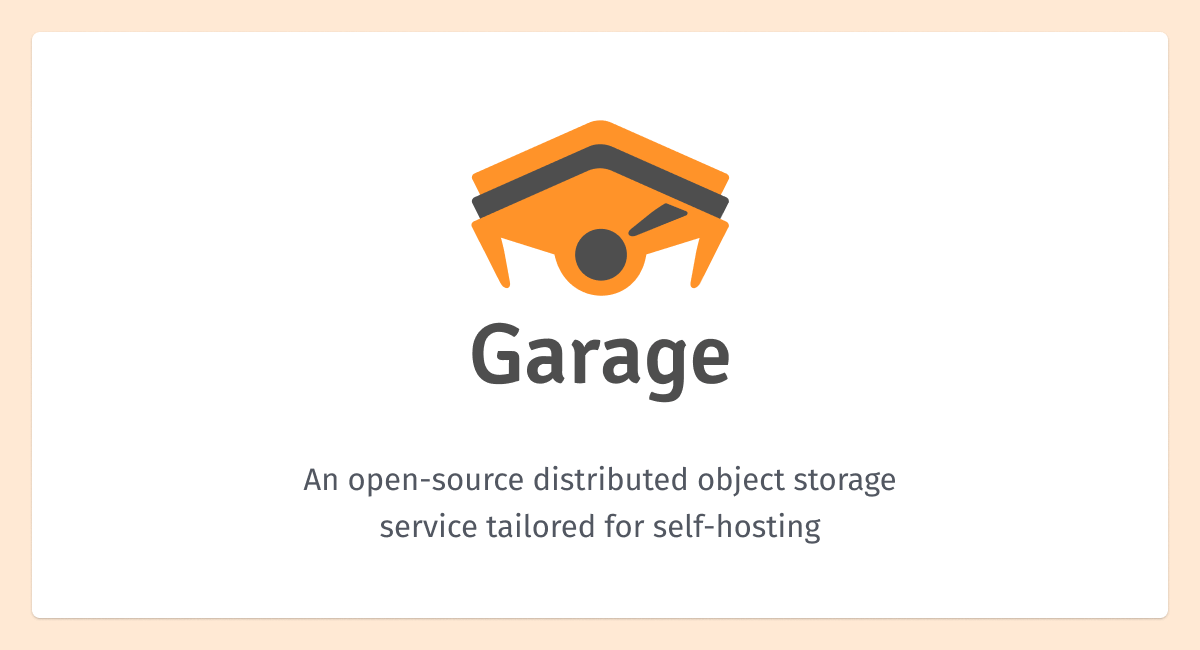

One sentence answer: “Object storage manages data as discrete units called objects with unique identifiers and metadata, while file storage organizes data in a hierarchical structure of files and folders.”
fwiw, I see object storage used as a way to manage data regardless of the file system. It is designed to scale, as opposed to the file system, in large cloud environments.
Here is a recap from Google Cloud:
Object storage, also known as object-based storage, is a computer data storage architecture designed to handle large amounts of unstructured data. Unlike other architectures, it designates data as distinct units, bundled with metadata and a unique identifier that can be used to locate and access each data unit.
These units—or objects—can be stored on-premises, but are typically stored in the cloud, making them easily accessible from anywhere. Due to object storage’s scale-out capabilities, there are few limits to its scalability, and it’s less costly to store large data volumes than other options, such as block storage.
Much of today’s data is unstructured: email, media and audio files, web pages, sensor data, and other types of digital content that do not fit easily into traditional databases. As a result, finding efficient and affordable ways to store and manage it has become problematic. Increasingly, object storage has become the preferred method for storing static content, data arches, and backups.







Sounds like a question to ask the project directly, via their contact on the site: garagehq@deuxfleurs.fr